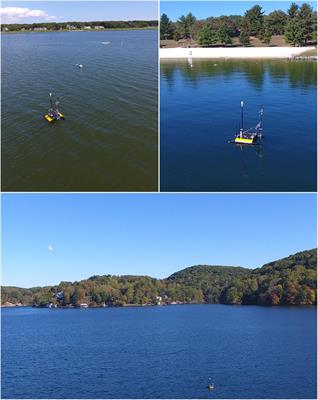CORRECTION
Published on 15 Oct 2019
Corrigendum: Effect of Aerosolization and Drying on the Viability of Pseudomonas syringae Cells
doi 10.3389/fmicb.2019.02378
- 1,014 views
19k
Total downloads
94k
Total views and downloads
CORRECTION
Published on 15 Oct 2019
ORIGINAL RESEARCH
Published on 11 Oct 2019

ORIGINAL RESEARCH
Published on 10 May 2019

METHODS
Published on 21 Feb 2019

ORIGINAL RESEARCH
Published on 18 Dec 2018

ORIGINAL RESEARCH
Published on 29 Nov 2018

ORIGINAL RESEARCH
Published on 15 Nov 2018

ORIGINAL RESEARCH
Published on 12 Nov 2018

ORIGINAL RESEARCH
Published on 25 Sep 2018

ORIGINAL RESEARCH
Published on 15 Aug 2018

ORIGINAL RESEARCH
Published on 15 Aug 2018

ORIGINAL RESEARCH
Published on 14 Aug 2018
